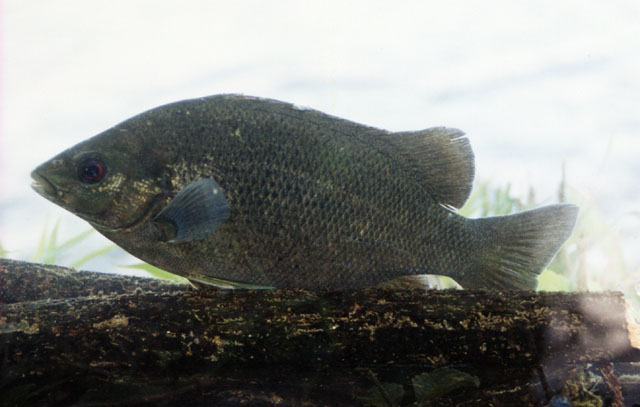| Terapontidae (Grunters or tigerperches) |
| 30 cm SL (male/unsexed) |
|
benthopelagic; freshwater |
| Oceania: northeastern Queensland, Australia. |
|
Dorsal spines (total): 7-7; Dorsal soft rays (total): 11-12; Anal spines: 3-3; Anal soft rays: 7-10. Greatest body depth 2.2-2.5 in SL. Compared to H. fuliginosus, this species lacks the dark band across the pectoral fin base and the concave forehead-snout profile; and its relatively long pelvic fins reach the vicinity of the anus when depressed against the body (Ref. 44894). |
| Adults are found abundantly in faster flowing sections of rivers, including riffles, over gravel, cobble and rocky bottoms. Sexual maturity is reached at about 13 m for males. Spawning occurs from July to October. Feed on a variety of macroinvertebrates, including crustaceans, aquatic and terrestrial insects, and algae (Ref. 44894). Eggs are guarded and fanned by the male parent (Ref. 205). |
|
Least Concern (LC); Date assessed: 13 February 2019 Ref. (130435)
|
| harmless |
|
Endemic to the easterly flow drainages of the Wet Tropics bioregion of NE Queensland, from Daintree River south to the Tully River. Most abundant in faster flowing sections of rivers, including riffles, over gravel, cobble aand rocky bottoms. This species is sympatric with Hephaestus fuliginosus over its entire range except for the Daintree River (Ref. 44894). |
Source and more info: www.fishbase.org. For personal, classroom, and other internal use only. Not for publication.

